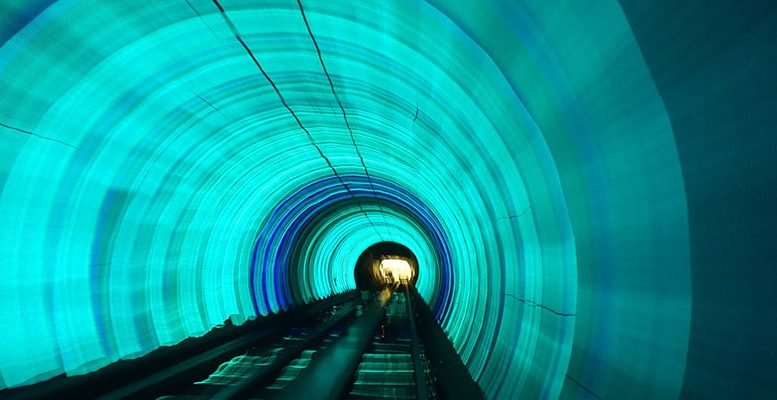Fernando González Urbaneja | The case of the trains that do not fit in the tunnels is a significant anecdote both of a huge, astonishing error in design and commissioning, and of the absence of explanations and a coherent account of what happened. What we do know is confusing and the laments of the regional presidents affected are insufficient to understand the case. The comments from the ministry and ADIF (the body responsible for rail infrastructure) are little more than proof of the errors, while at the same time showing little transparency and a lack of strategy.
The substantive fact is the renewal of the fleet of trains that run on the narrow-gauge routes between Cantabria and Asturias, which is subject to a tender document and a call for tenders for the awarding of the contract that will have been advertised and publicised in the sector. We are not dealing with something new, the narrow gauge on the Cantabrian axis, from Galicia to Vizcaya, has existed for almost a century, first with local private and public companies and finally as a state company that integrated all of the above in the middle of the last century.
All the routes are difficult, slow, dedicated to passengers and freight, not at all profitable and have given all they could give so far. It seemed necessary to renew the fleets, as the current ones suffer from obvious obsolescence, which makes them costly to operate and unprofitable in terms of their performance.
The scandal lies in the order, the trains that were commissioned do not fit through some of the tunnels. How is such a thing possible? It seems to be a joke or a case of incompetence beyond imagination. The worst thing comes with the explanations that do not go beyond stating and regretting the error. The case calls for more in-depth reports on this activity, which is part of Renfe’s Cercanías network, although it affects inter-regional stretches of more than a thousand kilometres.
Now that the case has been uncovered, it would not be a bad thing for Renfe to explain the costs and purpose of these lines, the service they provide, the cost-benefit ratio and the justification for their maintenance. The economic and social profitability, the viability of this investment and the corresponding current public spending need a story, a justification, especially in times of scarcity, deficit and debt. The case serves to reiterate the need for periodic evaluation of public spending.
This is not a minor incident, nor is it an isolated absurdity; it is a symptom of lack of control, of waste, and of disregard for the resources of the common people.





